Chemistry Chemistry questions and answers Classify each of the following organic reactions. This problem has been solved! You’ll get a detailed solution from a subject matter expert that helps you learn core concepts. See Answer Question: Classify each of the following organic reactions. Show transcribed image text
Inorganic Chemistry – Definition, Chapters, Types, Applications & FAQs of Inorganic Chemistry
2,184 solutions chemistry Draw the correct structure for each compound. 3-ethyl-4-methyl-2-pentene chemistry Determine whether the two structures are isomers or the same molecule drawn in two different ways. chemistry Draw the correct structure for each compound. 4,4-dimethyl-2-hexene chemistry Draw the correct structure for each compound.
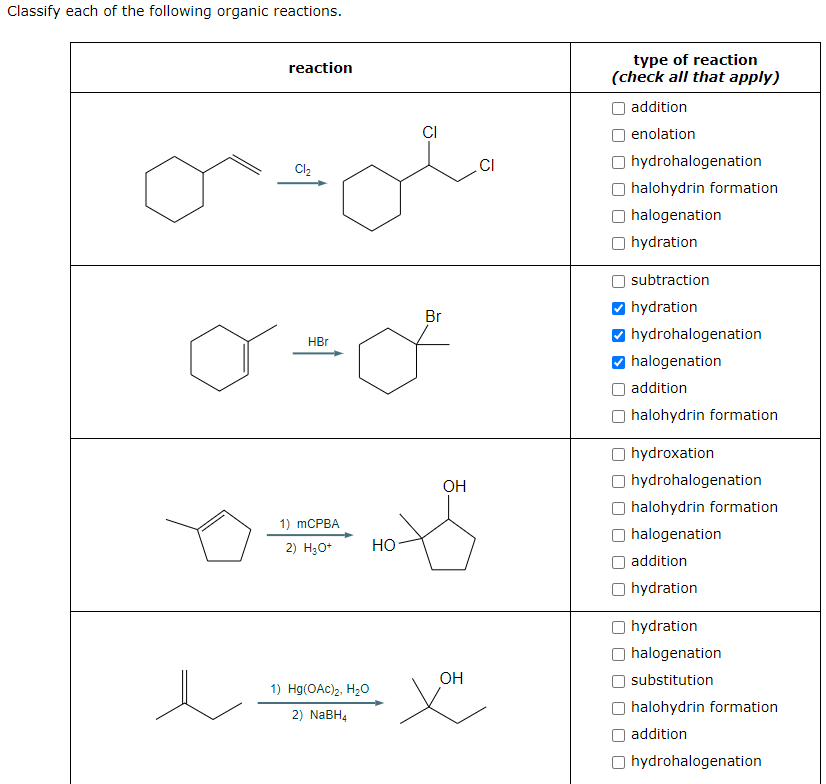
Source Image: chegg.com
Download Image
Organic Reactions questions – 5 – An Overview of Organic Reactions Classify each reaction below as – Studocu organic chem an overview of organic reactions classify each reaction below as addition elimination substitution rearrangement place the letter corresponding to Skip to document Ask an Expert Sign inRegister Sign inRegister Home
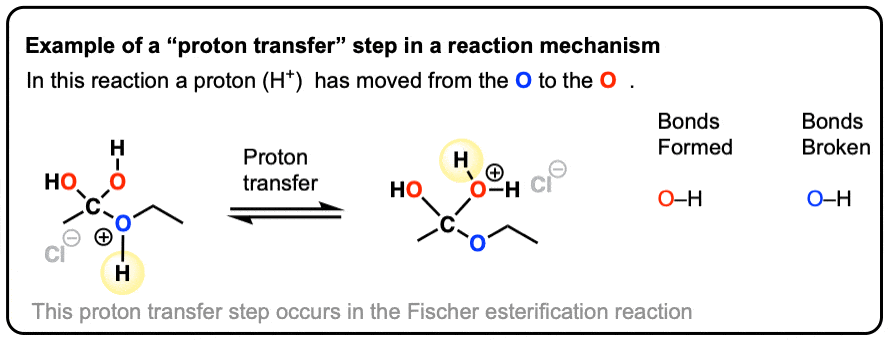
Source Image: masterorganicchemistry.com
Download Image
Types of Organic Reactions | CK-12 Foundation Classify each of the following organic reactions as substitution, addition, oxidation-reduction elimination, or condensation. 2-propanol \rightarrow → propene + water Certain reactions of aldehydes and ketones begin with isomerization of the aldehyde or ketone to an enol isomer.
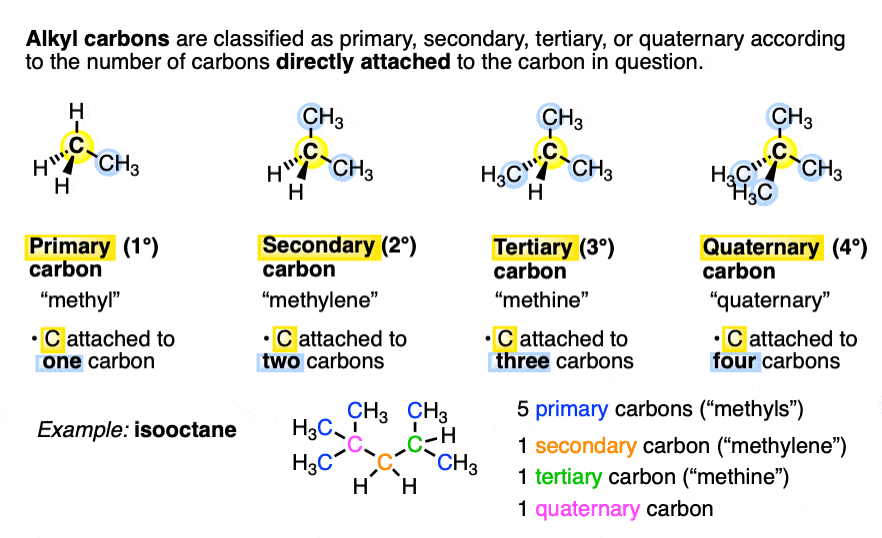
Source Image: masterorganicchemistry.com
Download Image
Classify Each Of The Following Organic Reactions
Classify each of the following organic reactions as substitution, addition, oxidation-reduction elimination, or condensation. 2-propanol \rightarrow → propene + water Certain reactions of aldehydes and ketones begin with isomerization of the aldehyde or ketone to an enol isomer. For practice in recognizing mechanisms, classify each reaction according to the type of mechanism you expect: A. Free-radical chain reaction B. Reaction involving strong bases and strong nucleophiles C. Reaction involving strong acids and strong electrophiles a. Ba(OH)2—>
Primary, Secondary, Tertiary, and Quaternary in Organic Chemistry
There are four general types of organic reactions: additions, eliminations, substitutions, and rearrangements. Addition reactions occur when two reactants add together to form a single product with no atoms “left over.” An example that we’ll be studying soon is the reaction of an alkene, such as ethylene, with HBr to yield an alkyl bromide. Solved Classify each of the following organic reactions in | Chegg.com
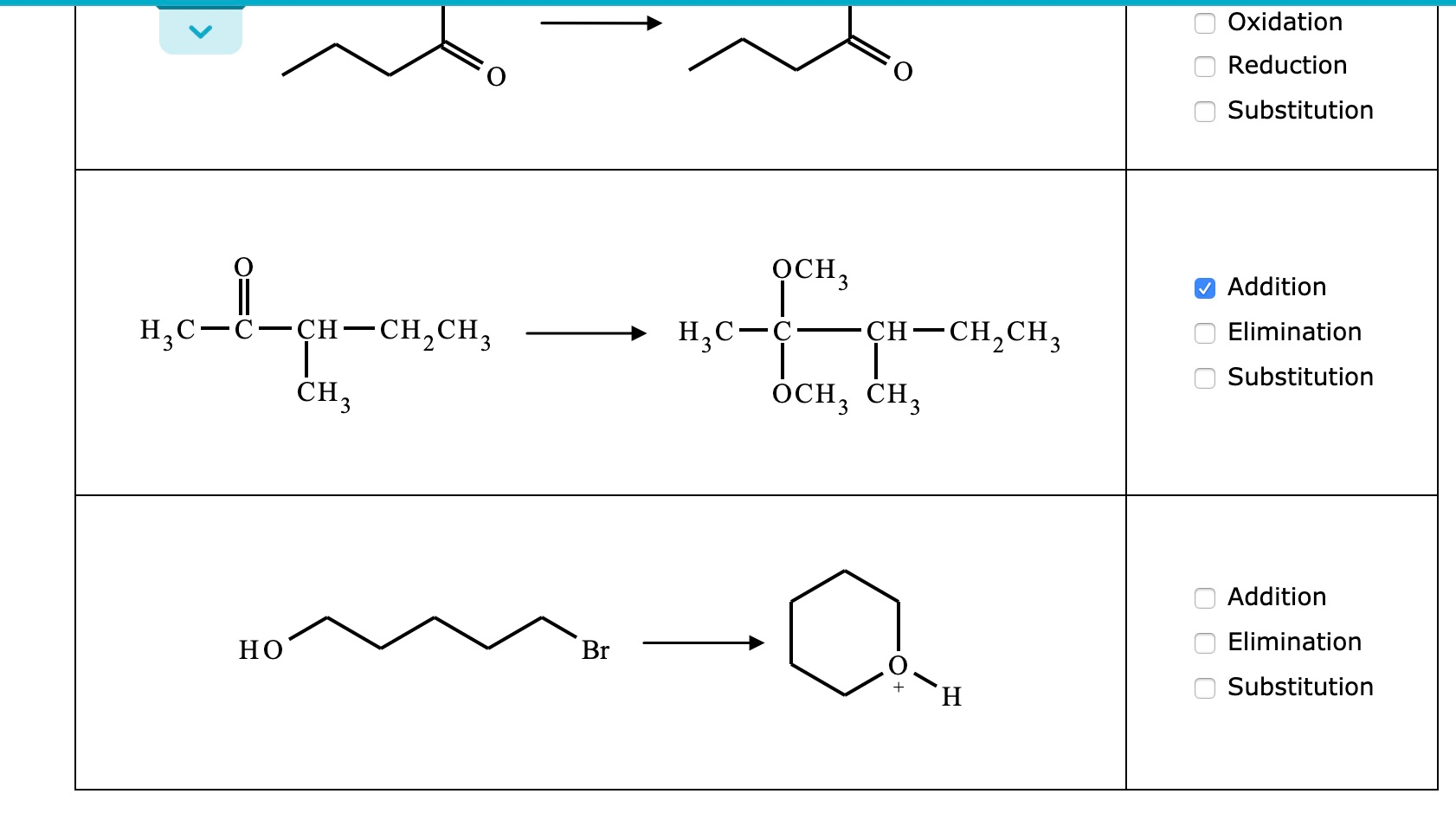
Source Image: chegg.com
Download Image
Reaction Classification There are four general types of organic reactions: additions, eliminations, substitutions, and rearrangements. Addition reactions occur when two reactants add together to form a single product with no atoms “left over.” An example that we’ll be studying soon is the reaction of an alkene, such as ethylene, with HBr to yield an alkyl bromide.
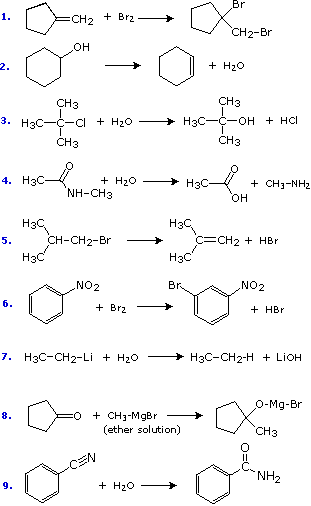
Source Image: www2.chemistry.msu.edu
Download Image
Inorganic Chemistry – Definition, Chapters, Types, Applications & FAQs of Inorganic Chemistry Chemistry Chemistry questions and answers Classify each of the following organic reactions. This problem has been solved! You’ll get a detailed solution from a subject matter expert that helps you learn core concepts. See Answer Question: Classify each of the following organic reactions. Show transcribed image text

Source Image: byjus.com
Download Image
Types of Organic Reactions | CK-12 Foundation Organic Reactions questions – 5 – An Overview of Organic Reactions Classify each reaction below as – Studocu organic chem an overview of organic reactions classify each reaction below as addition elimination substitution rearrangement place the letter corresponding to Skip to document Ask an Expert Sign inRegister Sign inRegister Home

Source Image: ck12.org
Download Image
Nutritional Types of Bacteria • Microbe Online Classify the following organic reactions Part A NaOH CH CH Na HO OH acid-base O oxidation reduction nucleophilic substitution O elimination O electrophilic addition nucleophilic addition electrophilic aromatic substitution This problem has been solved! You’ll get a detailed solution from a subject matter expert that helps you learn core concepts.

Source Image: microbeonline.com
Download Image
Understanding flow chemistry for the production of active pharmaceutical ingredients – ScienceDirect Classify each of the following organic reactions as substitution, addition, oxidation-reduction elimination, or condensation. 2-propanol \rightarrow → propene + water Certain reactions of aldehydes and ketones begin with isomerization of the aldehyde or ketone to an enol isomer.

Source Image: sciencedirect.com
Download Image
Solved Classify each of the following organic reactions in | Chegg.com For practice in recognizing mechanisms, classify each reaction according to the type of mechanism you expect: A. Free-radical chain reaction B. Reaction involving strong bases and strong nucleophiles C. Reaction involving strong acids and strong electrophiles a. Ba(OH)2—>
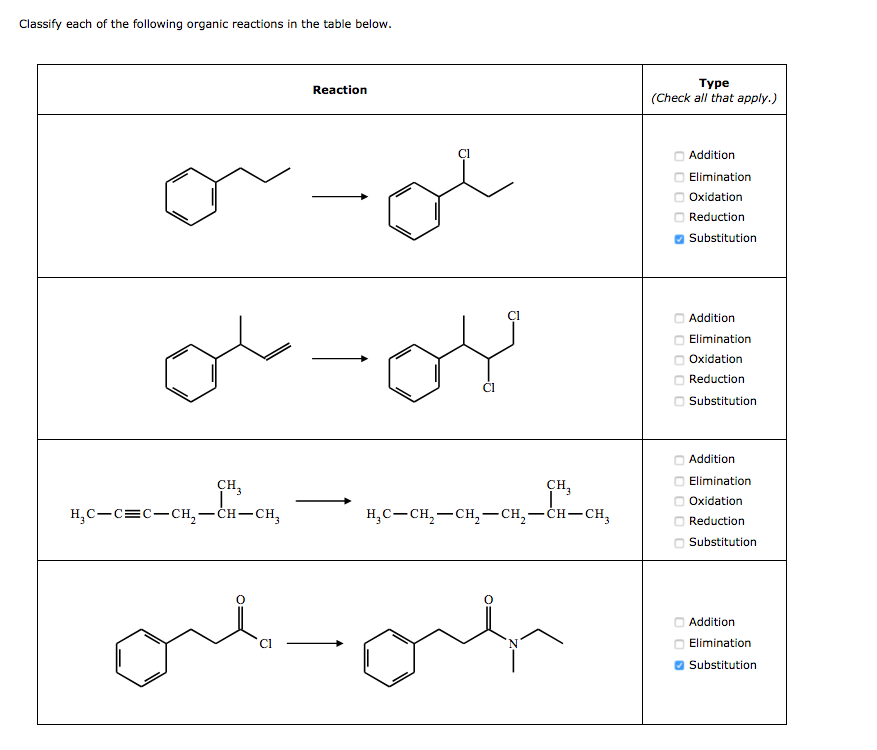
Source Image: chegg.com
Download Image
Reaction Classification
Solved Classify each of the following organic reactions in | Chegg.com 2,184 solutions chemistry Draw the correct structure for each compound. 3-ethyl-4-methyl-2-pentene chemistry Determine whether the two structures are isomers or the same molecule drawn in two different ways. chemistry Draw the correct structure for each compound. 4,4-dimethyl-2-hexene chemistry Draw the correct structure for each compound.
Types of Organic Reactions | CK-12 Foundation Understanding flow chemistry for the production of active pharmaceutical ingredients – ScienceDirect Classify the following organic reactions Part A NaOH CH CH Na HO OH acid-base O oxidation reduction nucleophilic substitution O elimination O electrophilic addition nucleophilic addition electrophilic aromatic substitution This problem has been solved! You’ll get a detailed solution from a subject matter expert that helps you learn core concepts.